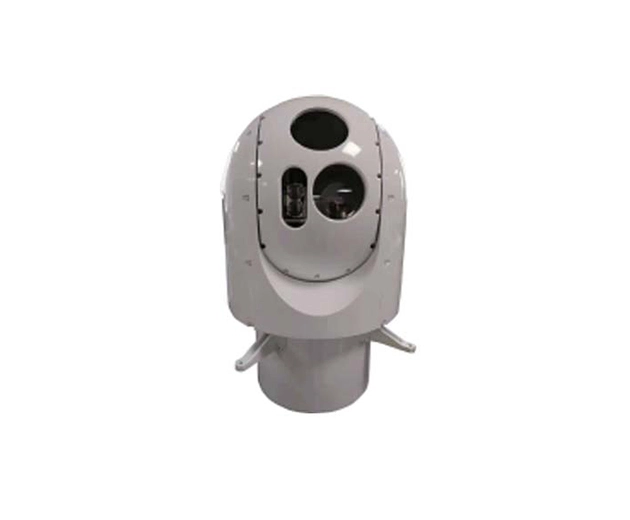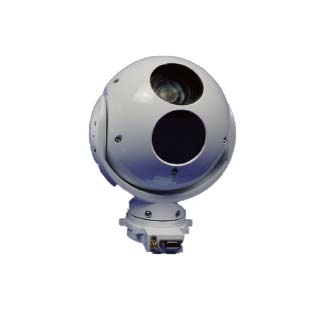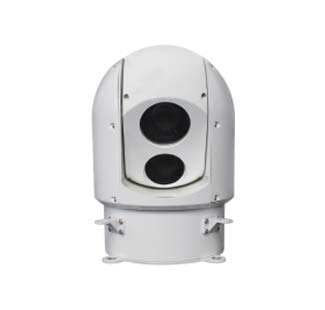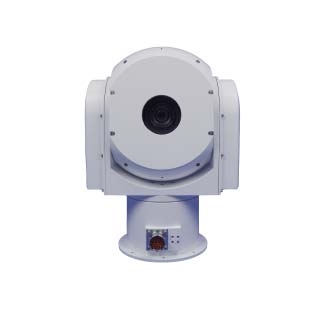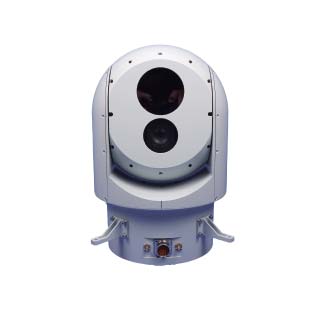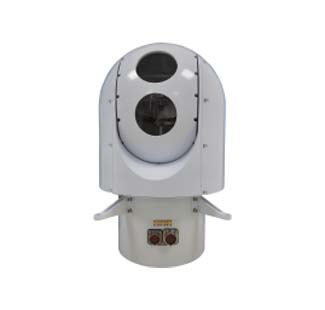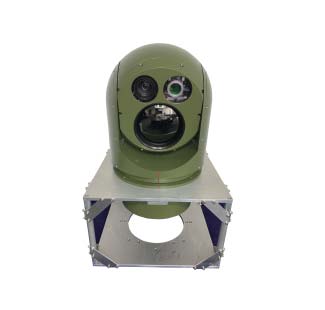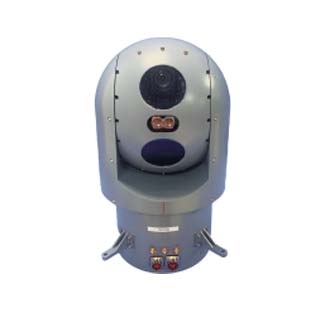In the ever-advancing realm of technology, airborne surveillance cameras have undergone a remarkable evolution. These aerial imaging devices, once rudimentary and limited in scope, have transformed into cutting-edge tools with a wide range of applications. From military reconnaissance to wildlife conservation, the evolution of airborne surveillance cameras is a testament to human innovation and the changing landscape of aerial intelligence.
The Digital Revolution
The late 20th century brought the digital revolution, which transformed the field of airborne surveillance. Digital cameras offered numerous advantages, including faster image acquisition, immediate data transfer, and improved image quality. This shift made aerial surveillance more efficient and accessible.
Unmanned Aerial Vehicles (UAVs) and Drones
The emergence of unmanned aerial vehicles (UAVs) or drones marked a significant turning point in aerial surveillance. These remotely piloted aircraft could carry lightweight surveillance cameras, making electro optical surveillance system more flexible and cost-effective. Drones found applications in various sectors, including agriculture, disaster response, and law enforcement.
Night Vision and Thermal Imaging
Modern airborne surveillance cameras often include night vision and thermal imaging capabilities. These technologies enable surveillance and reconnaissance operations in low-light conditions and have proven invaluable in security and military applications.
Miniaturization and Portability
Recent years have seen the miniaturization of airborne surveillance cameras, making them compatible with small drones and even personal devices. This trend has expanded their use in fields like wildlife conservation, disaster assessment, and filmmaking.
Artificial Intelligence (AI) Integration
The integration of artificial intelligence (AI) and machine learning into airborne surveillance cameras is a contemporary development. AI algorithms enable real-time object recognition, tracking, and analysis, enhancing their autonomy and decision-making capabilities.


